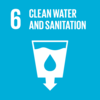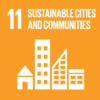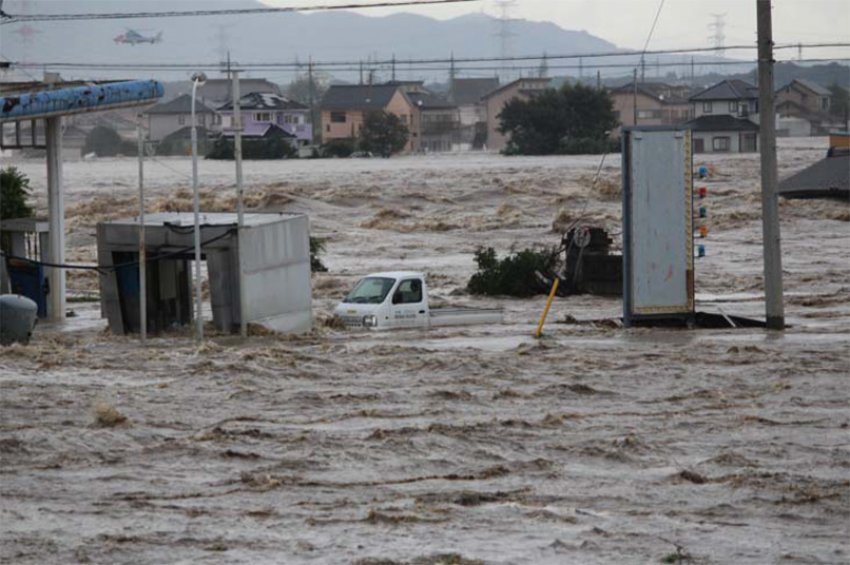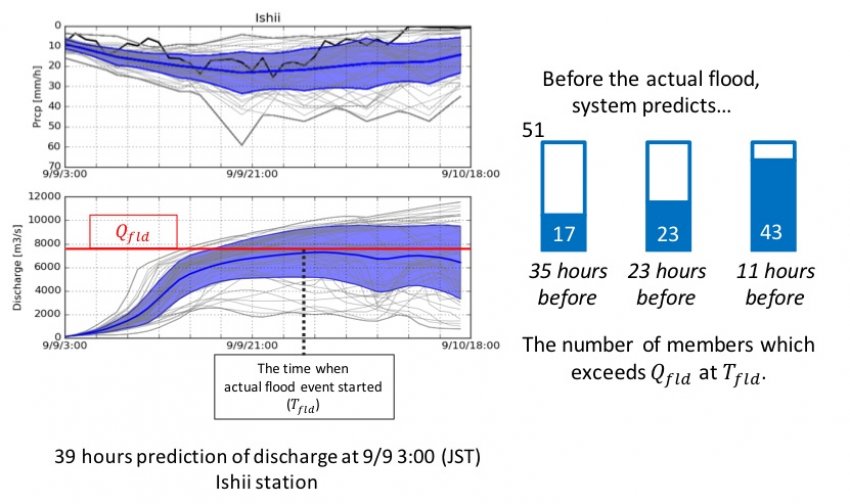Seamless Flood Prediction from Global Scale to Municipality Level


Kei Yoshimura
Institute of Industrial Science
Department of Human and Social Systems Associate Professor
As climate change has increased chances of occurrence of extreme weather phenomena, the world witnesses more frequent cases of enormous flood damage nowadays. This project aims to enhance the accuracy of flood prediction with a longer lead time. To that end, we scale down the scope of such prediction in a seamless manner --- from the global scale to municipality levels --- so as to predict flooding from major rivers or smaller local rivers around the world.
By working with the Japan Aerospace Exploration Agency (JAXA), the University of Tokyo has operated a joint research project “Today's Earth and Today's Japan” since around 2006. The project’s prediction performance has been validated in a number of cases. For example, we predicted that the Kinugawa flood caused by the 2015 Kanto-Tohoku heavy rainfall would have a 33% probability of being a very dangerous flood 35 hours in advance and an 84% probability 11 hours before the flood occurred.
By working with the Japan Aerospace Exploration Agency (JAXA), the University of Tokyo has operated a joint research project “Today's Earth and Today's Japan” since around 2006. The project’s prediction performance has been validated in a number of cases. For example, we predicted that the Kinugawa flood caused by the 2015 Kanto-Tohoku heavy rainfall would have a 33% probability of being a very dangerous flood 35 hours in advance and an 84% probability 11 hours before the flood occurred.
Related links
Research collaborators
- Taikan Oki (United Nations University)
- Dai Yamazaki (The University of Tokyo)
- Misako Kachi (JAXA/EORC)
and others
- Dai Yamazaki (The University of Tokyo)
- Misako Kachi (JAXA/EORC)
and others
Related publications
- Yoshimura, K., T. Sakimura, T. Oki, S. Kanae, and S. Seto, Toward flood risk prediction: a statistical approach using a 29-year river discharge simulation over Japan, Hydrol. Res. Let., 2, 22-26, 2008.










